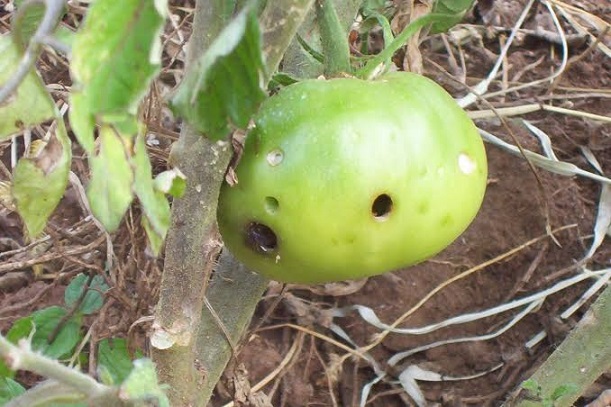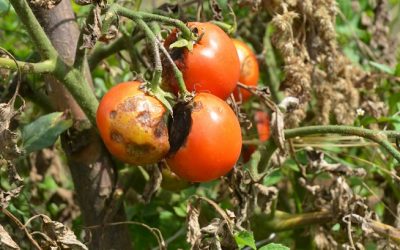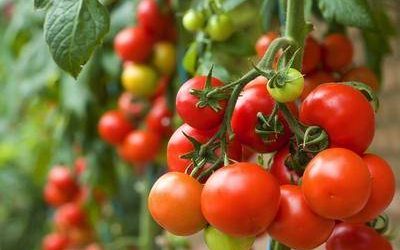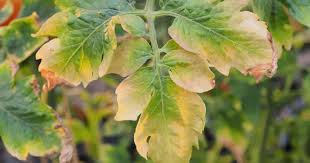How you can curb tomato losses

Most tomato losses start from the farm, during the growing period and after harvest. Generally, good agronomic practices will save farmers post-harvest losses.
Pest and diseases such as Tuta absoluta, caterpillars, tomato blights, anthracnose and bacterial speck are the lead causes of post-harvest losses in tomatoes.
During rainy seasons, anthracnose, bacterial speck, damping off, powdery mildew, early and late tomato blight are common.
Sometimes the tomato will look good when harvested but two days later, you find it going bad. This may be due to Tuta absoluta embedded in it.
Farmers should also avoid harvesting immature tomatoes. Delayed harvesting also leads to losses as the fruit is perishable. In most cases, marketing losses occur due to glut or spoilage.
Longer shelf-life
There are two major qualities in tomatoes that can guarantee longer shelf-life namely the outer cover and juicy content of the fruit.
The tougher the outer cover, the longer it lasts. Tomatoes with more juicy content after ripening go bad easily.
Of course factors such as fertilisers applied, pest and diseases play a major role in the shelf-life of tomatoes.
Storage conditions
Have the area in controlled environment in such a way that there is enough ventilation to reduce the accumulation of heat from respiration.
For longer-term storage, ripe tomatoes can be stored at temperatures of about 10–16°C and 85–95 percent relative humidity. The area should be free from moisture.
Post-harvest handling
There are special packaging products that prolong the shelf-life of fresh farm produce. They include Xtend bags which prolong for more than 10 days.
Another technology a farmer can apply is to use solar energy to cool rooms where tomatoes are stored. Alternatively, use charcoal coolers to store the tomatoes after harvest.


